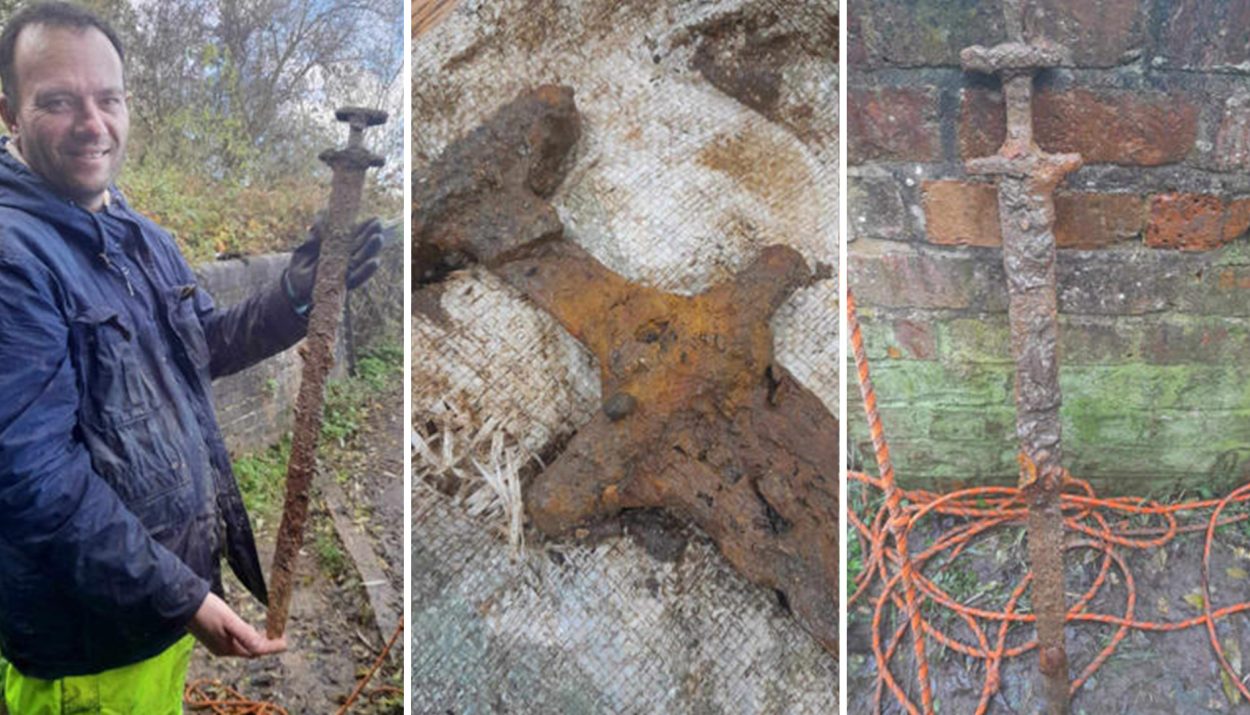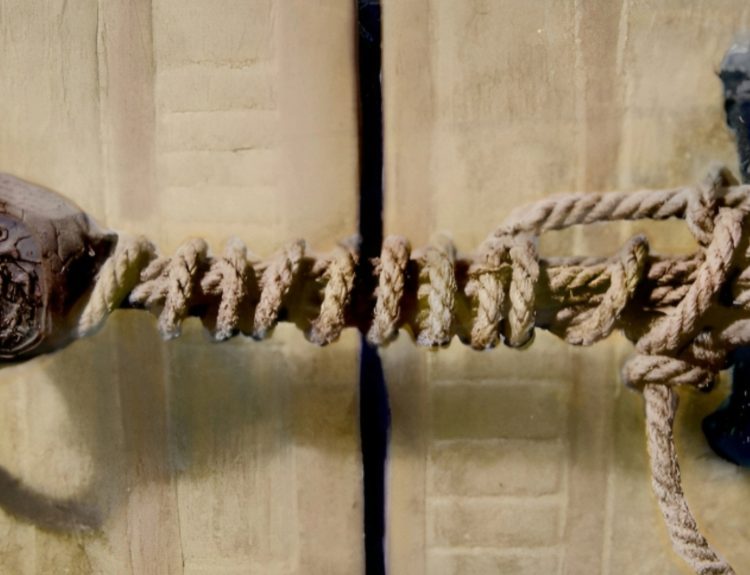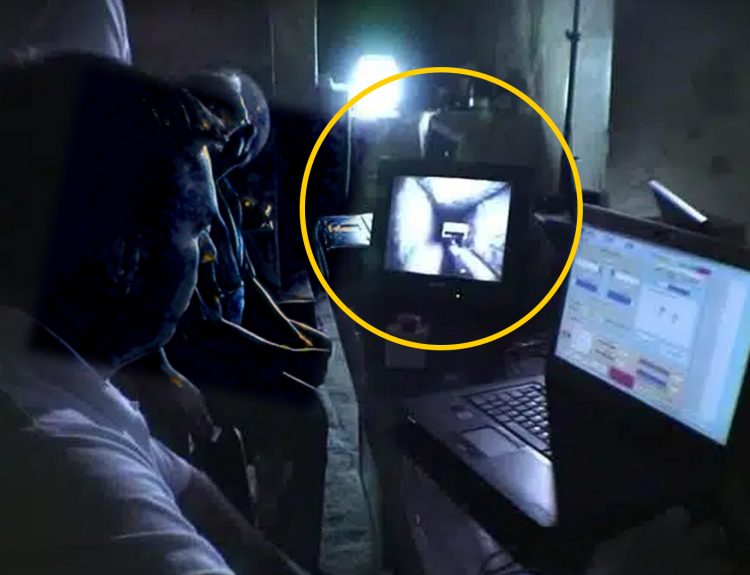As a magnet fisher, Trevor Penny is used to pulling up strange objects from beneath the water. It is not uncommon to find bicycles, metal buckets, tools, and tire rims that people lost or discarded in the river.
But recently, Penny’s magnet fishing hobby yielded an amazing and ancient find … a 1,100-year-old Viking sword! What was this weapon doing in a river in England and how did Penny find it? Let’s find out.
What Is Magnet Fishing Anyway?
Magnet fishing is a hobby that is akin to metal detecting on land, except the people use a strong magnet to troll rivers, lakes, and other waterways in search of lost items. According to some, magnet fishing started when fishermen lost their keys in the water and used magnets to retrieve them.
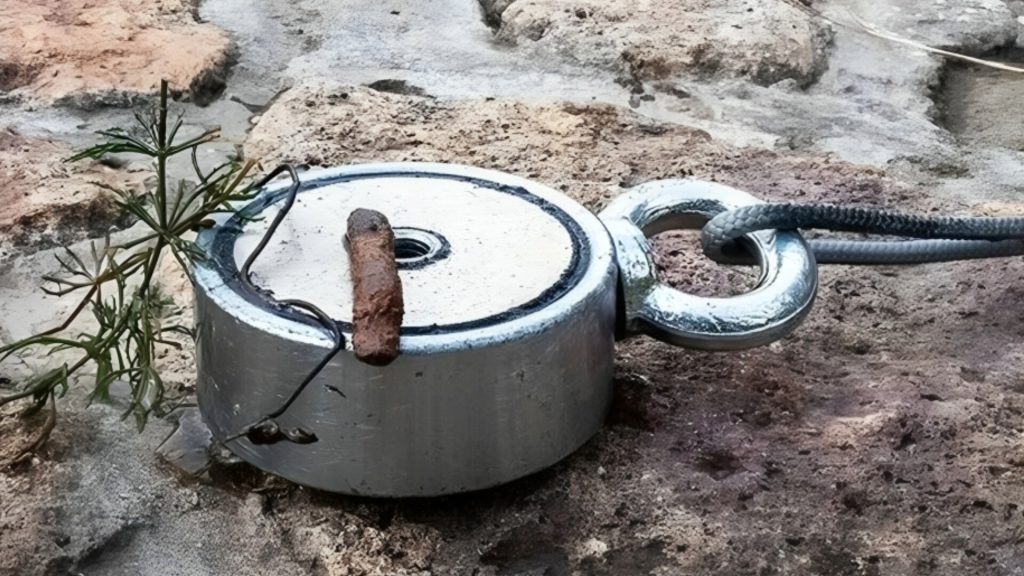
Like metal detecting on land, magnet fishing is a bit like a treasure hunt. You never know what you will find. It could be a mundane item like a metal can, a dangerous item like a gun, or an exciting find from the past, like the discovery in this story.
An Unlucky Day Suddenly Got Better
As Trevor Penny explained, he was magnet fishing in the River Cherwell in Oxfordshire, England, in late November 2023 when he started to think it was an unlucky day. All he was able to locate was a pair of scaffolding poles.

But then his magnet hit on another metal object. Penny pulled it out from the bottom of the river. It was a badly corroded item that was so covered in debris that he didn’t realize when it was at first.
“What Is This?“
Penny was magnet fishing with a buddy that day. When he pulled up his find, he puzzled at it for a moment. He recalled, “I was on the side of the bridge and shouted to a friend on the other side of the bridge, What is this?”.
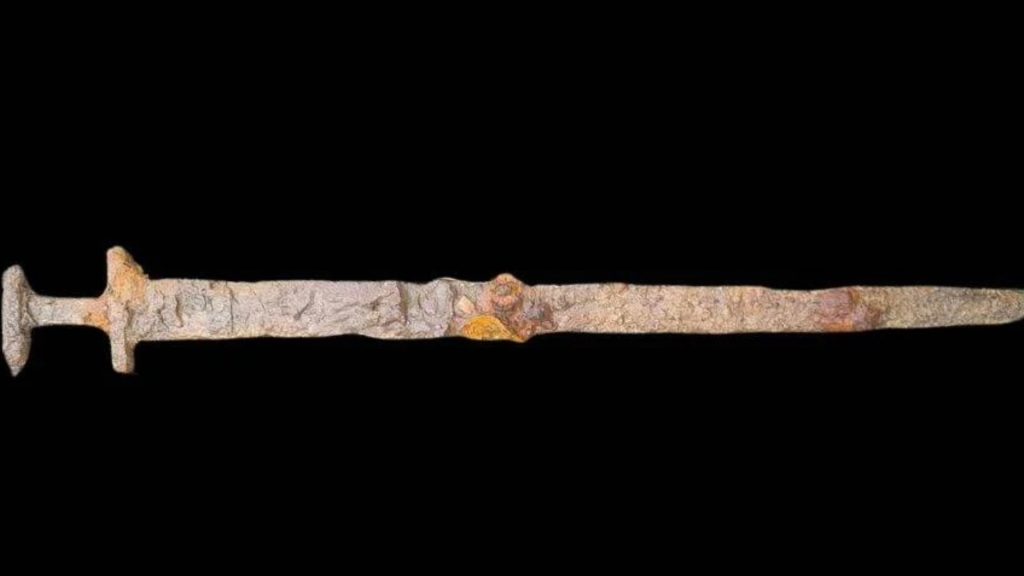
His friend knew immediately what it was. Penny said, “He came running over shouting, ‘It looks like a sword!'” His friend was right.
Using the Internet to Identify the Object
Penny and his pal are both members of the Thame Magnet Fishing Facebook group. Group members routinely post pics of their finds and ask the other members for input on what they found.
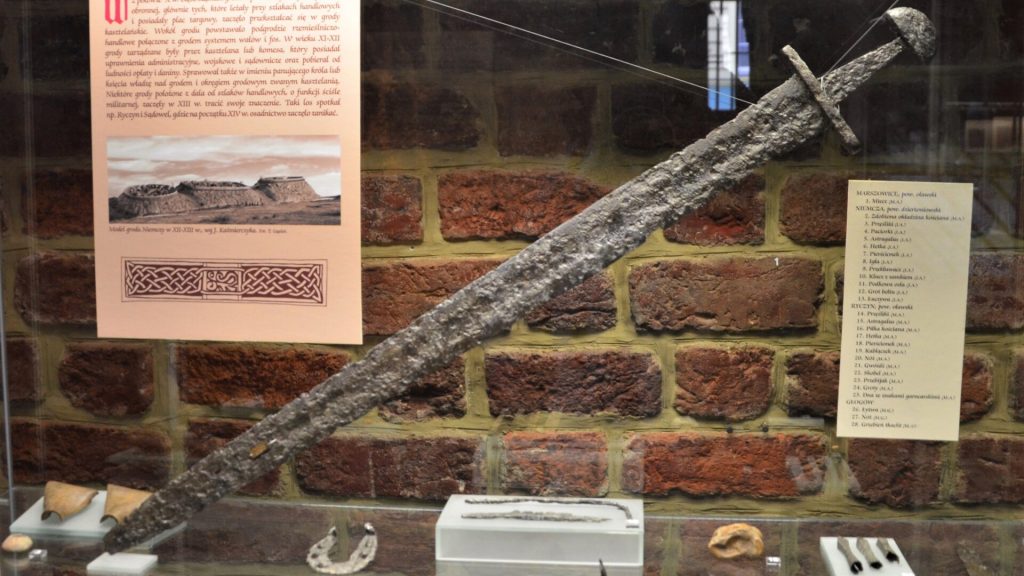
Before posting to his group, Penny tried another idea. He took several photos of the object with his phone and uploaded the images to Google. Using Google’s reverse image search is typically a great tool for identifying an unknown object.
What Did Google Say About the Object?
The first photo Penny uploaded to Google came back as a Viking sword. So, he tried again with a photo taken at a different angle. It, too, matched with images of Viking swords.
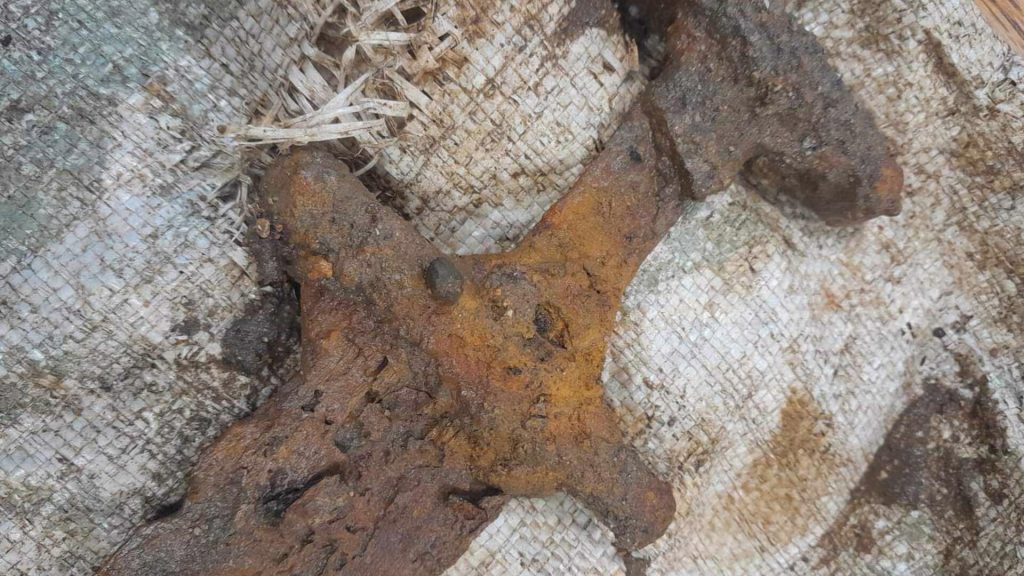
“Whatever photo angle I tried was coming up with a Viking sword,” he recalled. As an experienced magnet fisher, Penny knew what he had to do next.
Calling in the Experts
Penny put a call into the Oxfordshire county liaison officer, the person whose job it is to record any archaeological discoveries made by members of the public. With the discovery officially documented, Penny took the item to experts.
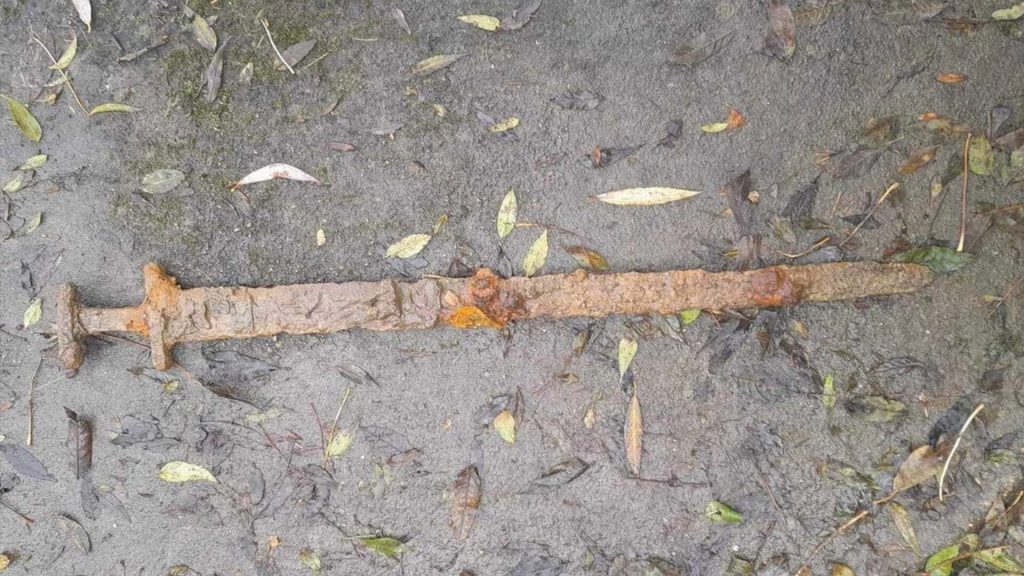
The sword was identified as a Viking weapon dating to between 850 and 975 AD. “It really did feel quite amazing,” Penny added. “It’s the oldest thing found in this county magnet fishing.”
The Beginning of the Viking Age
Although we often associated the Vikings with Scandinavia, the seafaring pagans sailed to the British Isles frequently to either trade with the Saxons or to pillage seaside villages.

It all started in the year 793 AD, the Vikings looted the Lindisfarne monastery on Britain’s northeastern shores. This event kickstarted a series of Viking raids.
The Vikings Rulers
In 835, a massive fleet of Viking ships sailed to Britain. This time, they wanted more than just a smash-and-grab. They wanted to seize the British Isles for themselves.
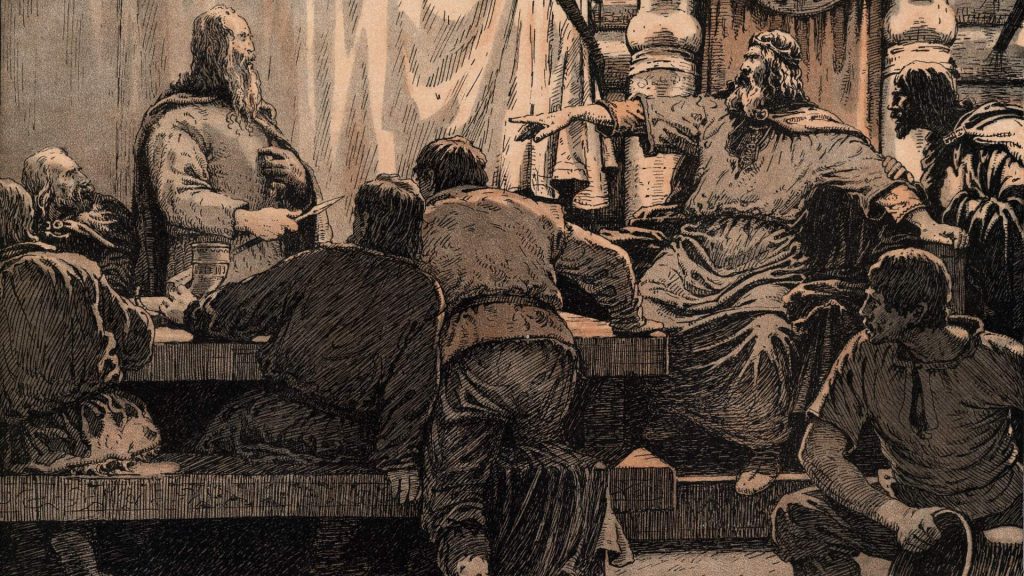
King Sweyn Forkbeard and his son, Knut the Great, conquered England in 1013 and ruled over the island for a time. Two other Viking kings ruled England – Harald Harefoot and Harthacnut.
The Battle of Stamford Bridge
England, at this time, was a collection of small kingdoms, but the various kings realized that the best way to oust their common enemy was to band together as a united force.

In 1066, King Harald III Sigurdsson of Norway was defeated by the Saxons at the Battle of Stamford Bridge. This event marked the end of the Viking Age in Britain.
The Vikings in London
The Viking sword that Penny found was determined to be roughly 1,200 years old. It could be that the sword came to England in 851 when the Vikings arrived in Plymouth.

The Viking warriors ravaged and plundered both London and Canterbury before the Anglo-Saxon army, led by King Aethelwulf of Wessex, succeeded in defeating the Vikings.
How Did the Sword End Up in the River?
The location where the sword was discovered is not far from London. It is possible that Viking warriors once traversed the River Cherwell. Perhaps the sword was lost in the river as the Vikings were marching into battle with the Anglo-Saxons.

The sword may have also fallen into the hands of a Saxon soldier or a local peasant. The weapon may have been intentionally tossed into the river or accidentally dropped. This part of the story will never be known.
A Legal Dispute Regarding the Sword’s Discovery
When word got out about the discovery of the ancient Viking sword – and more importantly, how it was located – it touched off a legal dispute. As Penny explained, “There was a little dispute with the landowner and the river trust who don’t permit magnet fishing.”
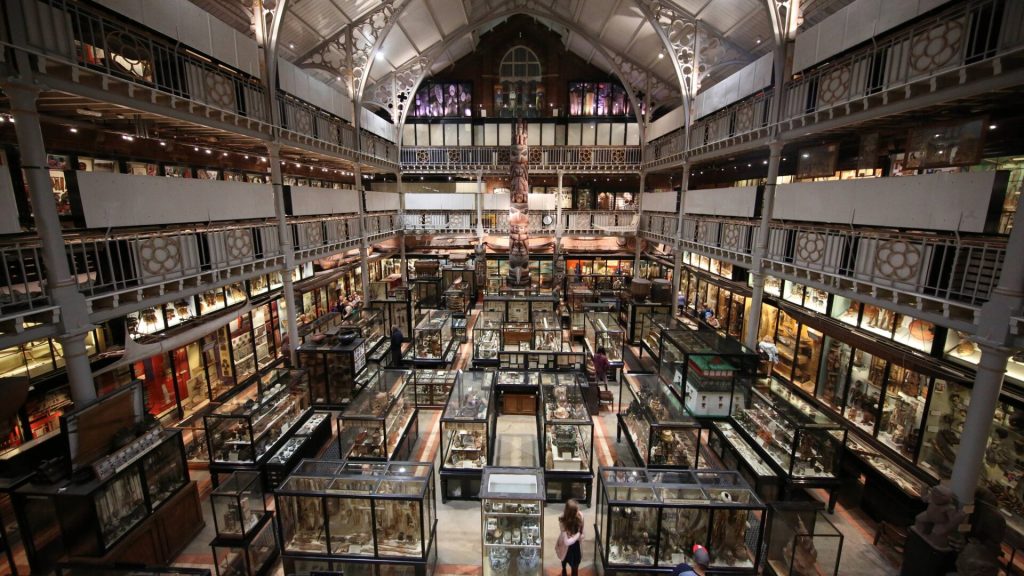
He added, “The latter sent a legal document saying they wouldn’t take action on the condition that the sword was passed to a museum, which I had done.”
A Museum Artifact
Penny presented his newly discovered Viking sword to the Oxford museum services department. According to Penny, “The officer said it was archaeologically rare to find whole swords and treasure of historical importance still intact.”
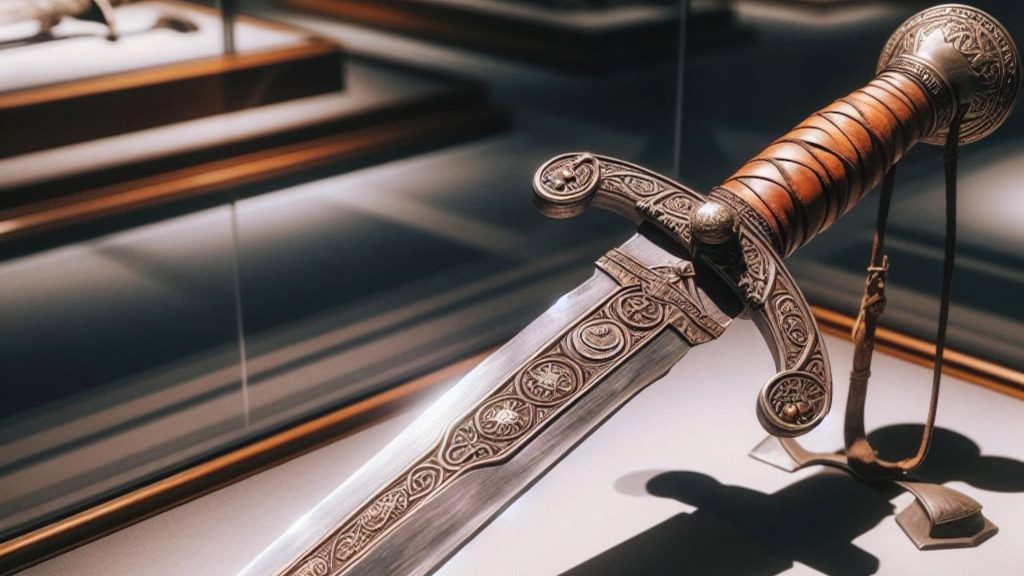
The museum officials plan to study the Viking sword and to eventually put the artifact on display for visitors to see.

